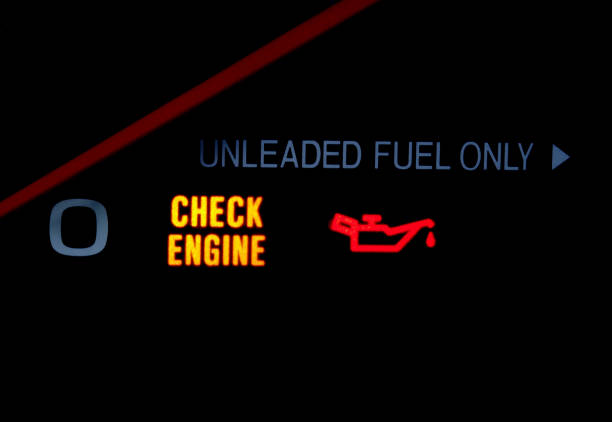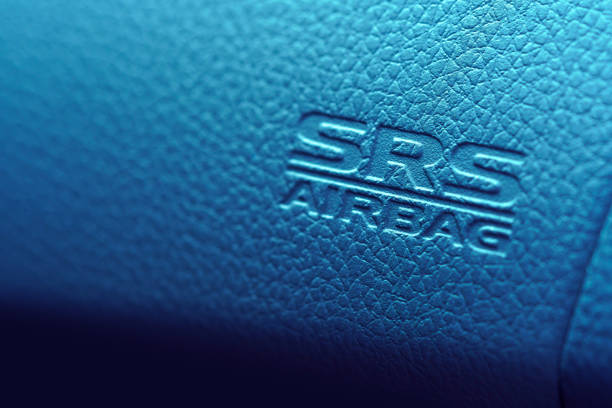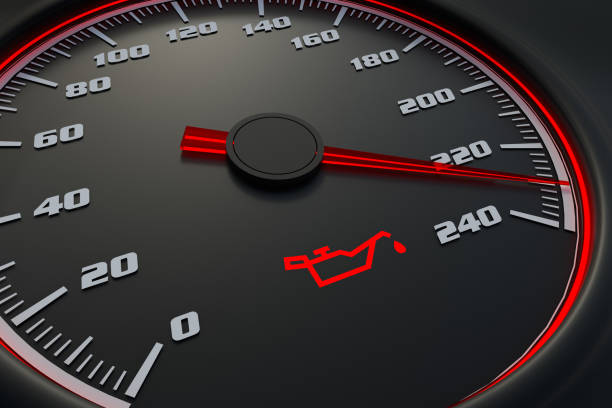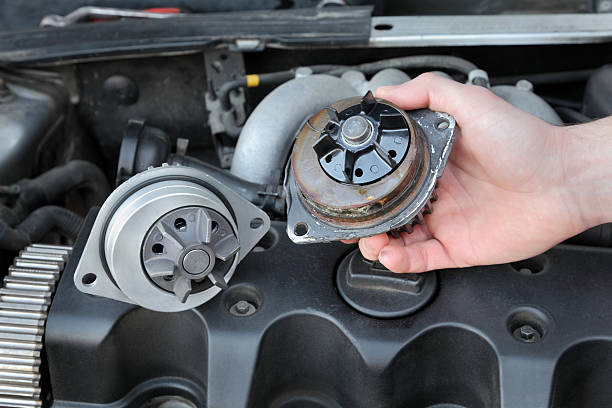
A car’s water pump is an essential component that keeps the engine cool by circulating coolant through the engine and the radiator. Unfortunately, water pumps can fail over time, leading to potential engine damage if not detected and resolved in a timely manner. In this article, we’ll discuss the signs that your water pump may be failing and how to address the issue.
What is a Water Pump and How Does It Work?
Water Pump Function
The water pump is a crucial part of the cooling system, responsible for circulating coolant (also known as antifreeze) through the engine, hoses, and radiator. This circulation ensures that the engine maintains a consistent operating temperature and prevents overheating. The water pump is driven either by a serpentine belt, an accessory belt, or a timing belt, depending on the make and model of the vehicle.
Water Pump Components
A water pump typically consists of the following parts:
- Impeller: The impeller is a small, propeller-like device that pushes the coolant through the engine and radiator.
- Pump Housing: The pump housing contains the impeller and directs the flow of coolant through the system.
- Bearing Assembly: The bearing assembly supports the water pump shaft and keeps it aligned with the drive mechanism (belt or timing chain).
- Pulley or Sprocket: The pulley or sprocket connects the water pump to the engine’s drive mechanism and provides power to the pump.
Signs of a Bad Water Pump
Water pumps can wear out over time, which can cause a variety of symptoms that should not be ignored. Here are some common signs that your water pump may be failing:
1. Leaking Coolant
A common sign of a failing water pump is coolant leaking from the pump itself or the area around it. Leaks can occur due to worn or damaged seals, a cracked pump housing, or corrosion. Puddles of coolant under the car or a low coolant level in the reservoir can be indicative of a problem with the water pump.
2. Noisy Operation
Unusual noises coming from the water pump area could be a sign of a failing pump. A grinding or growling noise may be caused by a worn or damaged bearing assembly, while a high-pitched squealing noise could indicate a loose or slipping drive belt.
3. Overheating Engine
If your engine is consistently overheating or the temperature gauge fluctuates rapidly, it could be a sign that the water pump is not functioning properly. A malfunctioning water pump may not circulate coolant efficiently, leading to an increase in engine temperature.
4. Steam from the Radiator
When the water pump fails to circulate coolant, the coolant can boil, producing steam that escapes through the radiator cap or overflow tank. If you notice steam coming from the front of your car while driving or idling, it’s essential to pull over and let the engine cool down to avoid severe damage.
5. Damaged or Loose Drive Belt
The drive belt powers the water pump, and if it’s damaged, loose, or misaligned, the pump may not function correctly. Inspect the belt for signs of wear, cracks, or fraying. A belt that is too loose or has slipped off the pulley could be a sign that the water pump or belt tensioner needs to be replaced.
What to Do if Your Water Pump is Failing
If you notice any of the signs listed above, it’s crucial to address the issue as soon as possible to prevent further damage to your engine. Ignoring a faulty water pump can lead to catastrophic engine failure due to overheating.
Get a Professional Diagnosis
While the symptoms mentioned above can be indicative of a bad water pump, they can also be caused by other issues within the cooling system or the engine. Therefore, it’s recommended to seek a professional diagnosis to confirm the problem. A mechanic can conduct a pressure test or visual inspection to determine if the water pump is indeed the culprit.
Replace the Water Pump
If the water pump is confirmed to be faulty, the best course of action is to replace it. Replacing a water pump involves draining the coolant, removing the serpentine or timing belt, and replacing the pump itself. It’s typically recommended to replace the thermostat and the drive belt at the same time, as they’re likely to wear out around the same time as the pump.
Preventive Maintenance
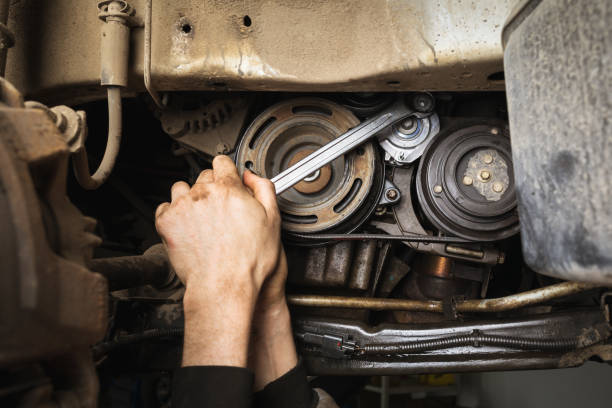
Preventive maintenance is crucial to maximizing the lifespan of your water pump and avoiding unexpected failures.
Regular Coolant Changes
One of the best ways to prolong the life of your water pump is by changing the coolant regularly. Coolant can degrade over time, leading to corrosion within the water pump and cooling system. Therefore, be sure to follow your vehicle manufacturer’s recommendations for coolant changes.
Belt Inspection and Replacement
Inspect the drive belt regularly for signs of wear, and replace it as needed. A worn or damaged belt can put additional strain on the water pump and lead to premature failure.
Regular Visual Inspections
Regularly inspect the area around the water pump for signs of leaks or coolant residue. Early detection of leaks can help you address the problem before it leads to a catastrophic failure.
Conclusion
The water pump plays a vital role in keeping your engine cool and running smoothly. Ignoring the signs of a bad water pump can lead to serious engine damage and costly repairs. By recognizing the symptoms and addressing any issues promptly, you can help ensure the longevity and reliability of your vehicle. Regular maintenance, including coolant changes and belt inspections, can also help prevent water pump failures and keep your car running at its best.






